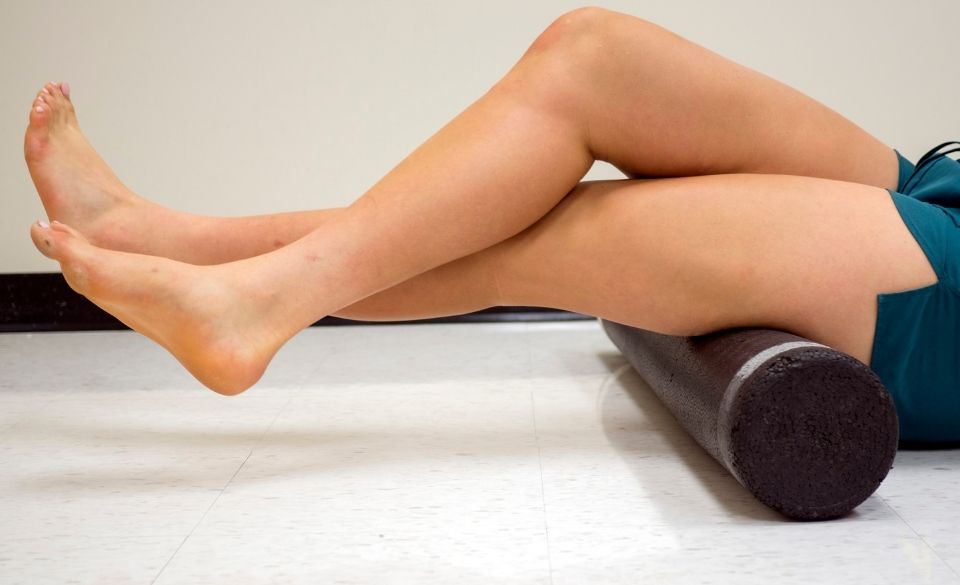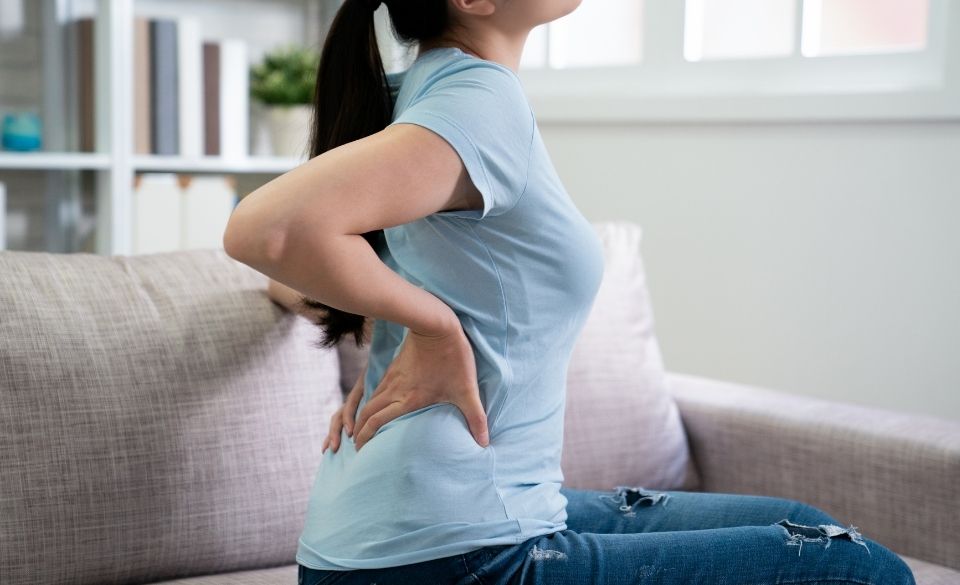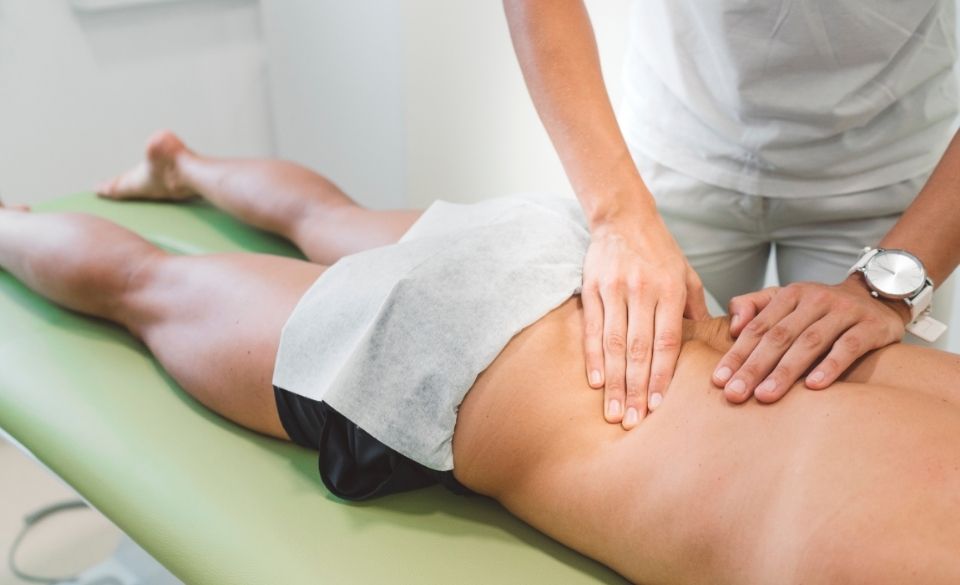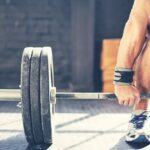
How Can Tight Muscles Result In Back Pain? What You Should Know?
Page Contents
If your training is consistently most like you have experienced tight muscles. Tight muscles can not only affect your performance but can also put your body out of alignment. This can cause issues with your gait, recovery, and performance.
In this article, we discuss how tight muscles result in back pain. So, if you have tight hamstrings, hip flexors, or even quadriceps, keep reading as this may be causing you back pain.
What Muscles Are In The Back?
Generally, there are three muscles that help the spine to function correctly. These are the extensors, flexors, and obliques. However, there are many more muscles in the back and these are the trapezius, rhomboids, latissimus dorsi, erector spinae, multifidus, and quadratus lumborum. However, in this article we are going to focus on the extensors, flexors, and obliques.
The flexor muscles are located on the front of the spine. Their primary purpose is to allow the spine to flex. That means bending forward, lifting things, and enabling your lower back to be able to arch.
The extensor muscles are located at the back of the spine. Their primary purpose is to allow you to stand and lift objects. The extensor muscles include the erector spinae muscles and allow extension and lateral flexion of the spine.
The oblique muscles are located to the side of the spine on either side. These muscles help the body to rotate and have the correct posture.

Symptoms of A Tight Back
If you have symptoms of a tight back there are a few things that will accompany it. These include pain, tightness, spasms, and sometimes cramping. The tightness of your back can result in a constant dull ache that doesn’t seem to pass. That also means your back may feel stiff, tense, and compressed at times.
Unfortunately, there are many reasons behind a tight back and the constant pain that comes with it. Overuse is one of the biggest causes. However, acute trauma, spinal arthritis, and contractions of the muscle can also be causes if you are an athlete or fitness enthusiast.
However, what is often common with fitness individuals or athletes is that tight muscles can often be the cause of back pain.
So, let’s discuss how can tight muscles result in back pain.
How Can Tight Muscles Result In Back Pain?
Even though there are multiple reasons why tight muscles can result in back pain, we are just going to cover the four most common reasons. These include:
– Tight muscles in your thighs and hips
– Sitting with your spine curved forward
– Inflammation of the muscles
– Muscle Tension and Pain
For the athlete that is constantly training it is not uncommon for the tights and/or hips to get tight. Unfortunately, when this happens it can alter the biomechanics of your spine.
For example, when your hamstrings are tight, they naturally shorten. This then changes the curvature of the lower part of your spine. Which then starts to affect the alignment of the spine with the pelvis. So, if you are experiencing lower back pain when exercising, make sure to stretch and massage your hamstring muscles. Doing so will help to gradually lengthen your hamstrings and relieve lower back stiffness.
Another example of a muscle that causes back pain is the hip flexor. When you are experiencing tight hip flexors your iliopsoas muscle will shorten. This results in a lack of flexion of the hip and creates stiffness within areas of your spine.
In serious cases, it may cause instability of the spine, spinal tissue to get inflamed, and not just irritated.
Generally, if your hamstrings or hip flexors are tight, regular stretching and massage will help to alleviate the problem. However, if left untreated they can not only cause back pain, but also other injuries.
More common scenarios can often occur though. Things like sitting with your spine curved forward can compress and tighten the surrounding muscles, cause discomfort in the back. This is often seen in cyclists and fitness enthusiasts that have poor form and positioning of the body when lifting weights, or poor positioning when riding a bike.
Generally, any muscle tension and pain in the lower body can result in pain in pain and tightness in the back. So, it is important to regularly work on your flexibility and mobility. Doing so can help to relieve tightness in the back.

How To Loosen Tight Lower Back Muscles?
Luckily there are many things you can do to loosen tight lower back muscles. First, you need to identify the problem causing a tight back. Is it?
– Tight hamstrings
– Tight hip flexors
– Spinal compression
– Form or technique
– Alignment of the spine
Once you know the main cause of the problem, you can start to rectify it. Usually, this results in massage, stretching, and physiotherapy treatment. In some cases, you maybe need to decompress the spine to relieve the tense muscles. This can usually be done through an osteopath or chiropractor.
Alternatively, there are some stretches and exercises you can do to loosen your tight lower back muscles. These include:
Lying on your back with your legs extended out in front of you. Then bend your left knee up and then cross it over the right side of your body.
Once you are in this position, hold it for 20-30 seconds. It should allow you to feel a gentle stretch through your lower back and glutes.
Another important stretch is the yoga cat/cow stretch.
You can do this exercise by kneeling on all fours. Then place your hands beneath your shoulders while positioning your knees underneath your hips. Next, slowly exhale and focus on arching your spine as a cat does. Focus on slowly moving between movements, and try to hold each position for 10 seconds. Then repeat 5-10 times.
Final Words
Generally, if the tightness comes from your lower body, massage and stretching can help to alleviate the tightness quickly. However, after days of stretching, if you see no improvement it is wise to visit your doctor or physiotherapist. They can help to relieve the tightness and design the correct stretching and rehabilitation program for you. Just remember to reduce your training during this period, as more stress on the back can cause you to lose more days off training and ultimately put you out for weeks.



